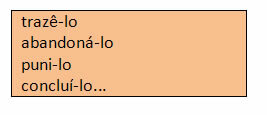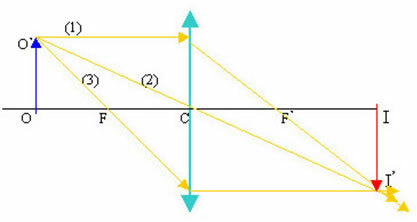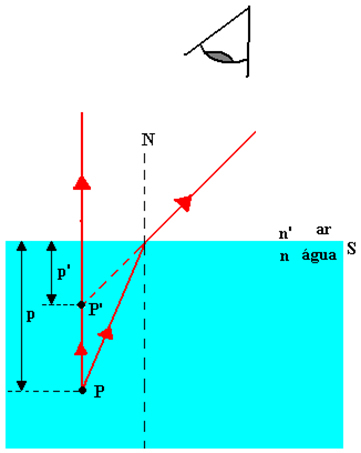Have you ever been curious to find out why some verb forms, more precisely those linked by a hyphen, receive the graphic accent and others not?
Regardless of your answer, the fact is that as we establish familiarity with linguistic facts, we find peculiarities never imagined. As a representation of one more of them, we will support the following examples:

So that we can unravel this mystery, especially with regard to the presence or absence of the accent, the first procedure is to make the syllabic separation. So let's see:
tra - zê / a - ban - do - ná / pu - ni / concluded - í
The conclusion we reached is that in all words the stressed syllable falls on the last, a fact that makes them belong to the group of oxytone words. Continuing with our analysis, our knowledge reveals that all oxytones ending in a, e, o, em, followed or not if “s”, are accented. This is why the following ways are emphasized: bringing it in and abandoning it.
However, analyzing some words, such as saci and armadillo, we notice that their stressed syllable falls on the last one (considered as oxytone), but they are not accented. This finding makes us understand about the aspects related to the verbal form “punish him”, once not accentuated.
But why is the form represented by “completing it” accentuated?
To find out, just remember that the tonic “i” and “u” of the gaps, not preceded by diphthongs, are accentuated, remaining unchanged after the implementation of the New Orthographic Agreement. Like for example:
ju - í - za / ru - í - na / sa - ú - de
This assumption allows us to recognize the real reasons why the form in reference is accentuated, since it is a hiatus, represented by the separation of the vowels "i" and "u", being arranged in syllables different.
By Vânia Duarte
Graduated in Letters
Source: Brazil School - https://brasilescola.uol.com.br/gramatica/formas-verbais-ligadas-por-hifenmarcas-relevantes.htm



